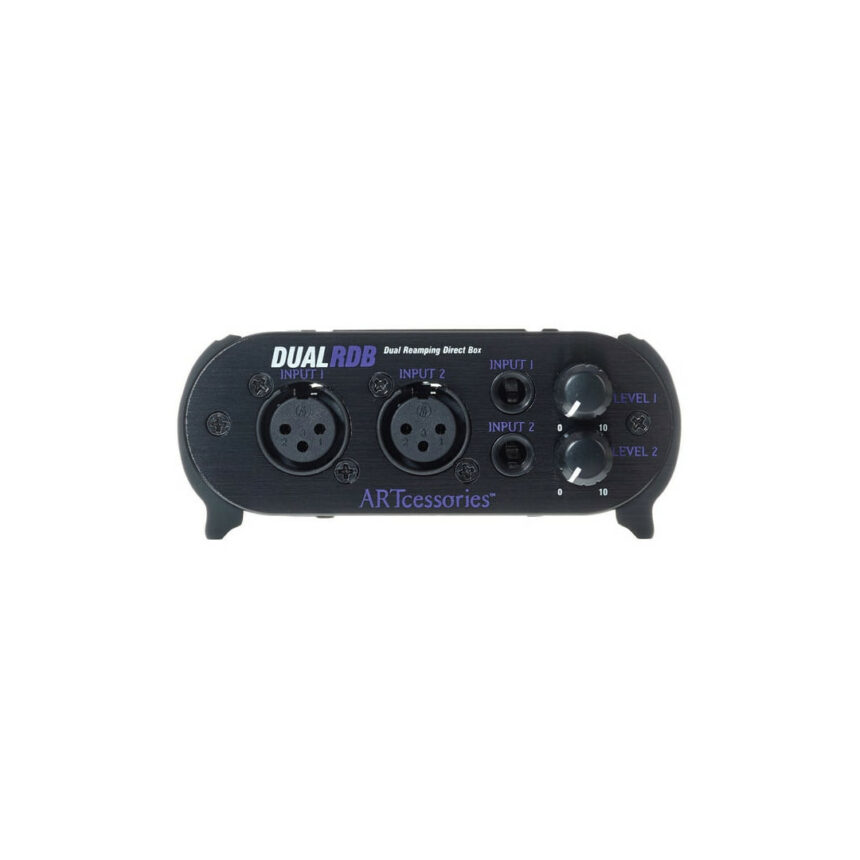


In terms of controls, there are two level knobs for each channel and two separate output level knobs on the back side, labeled “Source” and “Phase”. It also comes with two isolation transformers to keep away the ground loop, which is important for any re-amp box. With a frequency range from 20Hz to 20kHz, Art Dual RDB has decent processing power and it will be sufficient for most re-amping purposes.ĪRT Dual RDB can handle signal levels up to +18dB with low transformer-saturation distortion.

This means that you will basically be able to use this device with any instrument or voice from keyboards, electric guitars, bass guitars, and vocal microphones. The input section features a quarter-inch jack (balanced or unbalanced) and an XLR line-level input for microphone lines.
Signal art reamp box plus#
This means you can run two instruments at once, and that will be a huge plus for musicians trying to do live recordings with a band. It is surprisingly solid, and we got a sense that we will not have to worry about it falling apart any time soon.īut what’s really special about the Art Dual RDB, is that it has two inputs for under $100. The black interface has metal construction – alloy extrusion with steel end-plates and has rubber feet and a separate ground terminal to suit various floor conditions. Design & ConstructionĪdmittedly, Art Dual RDB’s design is nothing special and it just has white and purple writings on a black interface. It is one of the most affordable re-amp boxes on the market, and ART Dual RDB has proven to be a very reliable box with a user-friendly design.ĪRT Dual RDB will be a perfect companion for musicians looking for a simple, reliable, and cheap re-amp/DI box.

The ART Dual RDB accepts 1/4? TRS and XLR line level inputs and outputs mic or instrument levels. The ART Dual RDB Reamping Direct Box has two high quality isolation transformers that prevent ground loops when connecting various systems together. The ART Dual RDB Reamping Direct Box is the ideal interface solution for any application where stereo or dual line level signals from recording interfaces, computers, mixers, iPods, consumer audio or video machines need to be connected to XLR microphone or ¼-inch instrument level inputs.


 0 kommentar(er)
0 kommentar(er)
